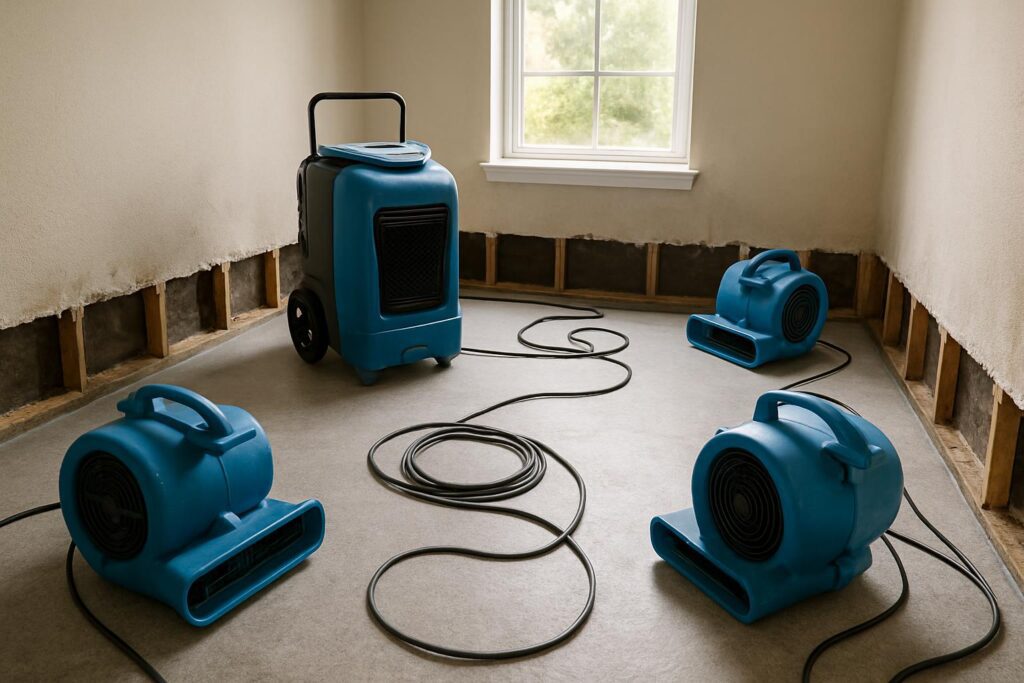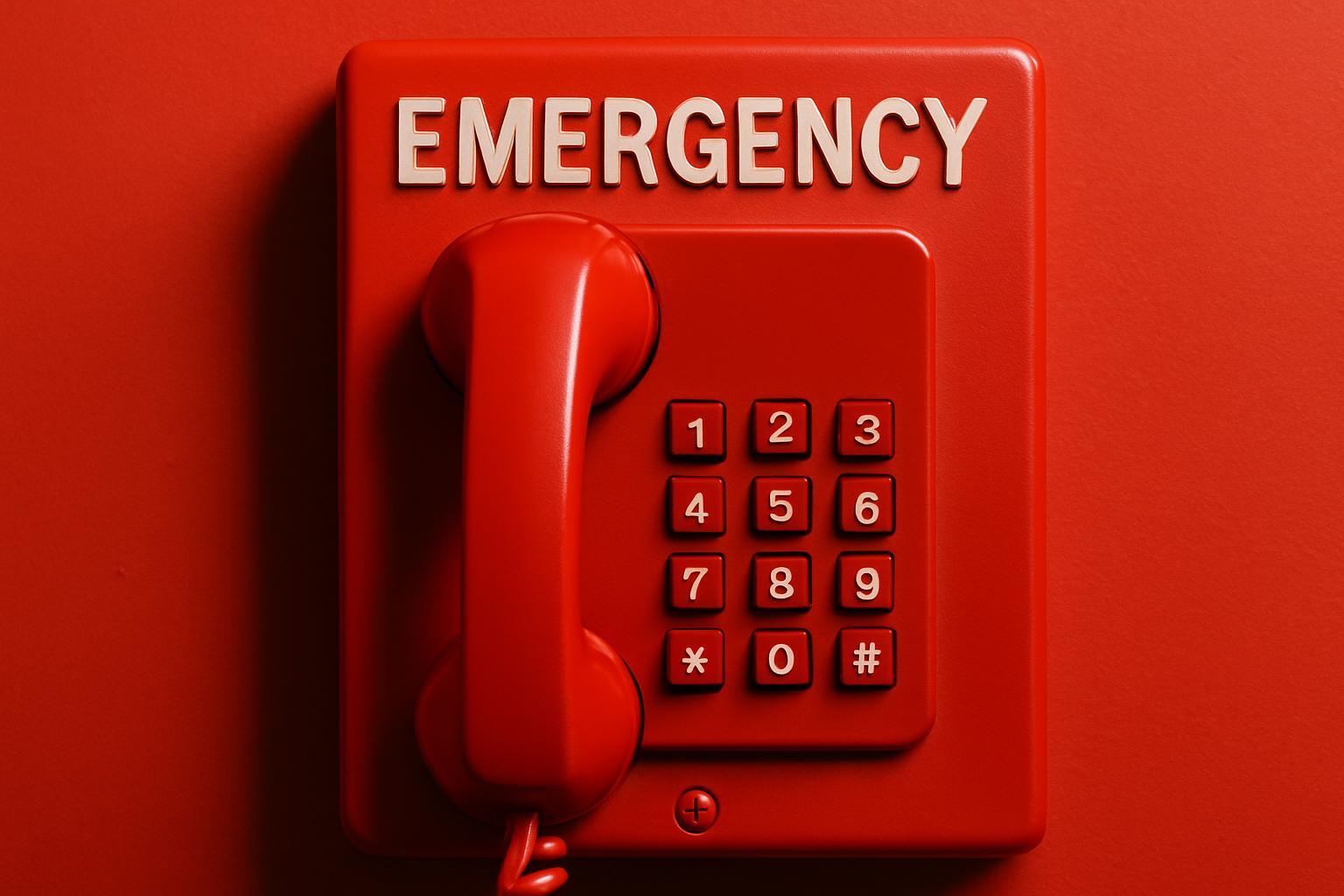Water damage in a home can be a stressful and overwhelming experience. Whether it’s due to a burst pipe, flooding, or a leaky roof, the aftermath requires prompt action to prevent further damage and mold growth. One of the most common questions homeowners ask after experiencing water intrusion is: How long does it take for a house to dry out? The answer depends on several factors, including the extent of the water damage, the materials affected, the climate, and the drying methods used. In this blog post, we will explore these factors to help you understand the drying process and what you can expect.
Understanding the Drying Process
When water infiltrates a home, it saturates building materials such as drywall, wood, carpet, and insulation. To restore the house to a safe and livable condition, these materials must be thoroughly dried to eliminate moisture. Drying is the process of removing water from wet materials by evaporation and evaporation is influenced by heat, air movement, and humidity.

The drying process consists of three main phases:
- Extraction: This is the initial removal of standing water using pumps or wet vacuums. The faster the extraction, the quicker the drying process begins.
- Evaporation: Water trapped inside materials turns into vapor and moves into the surrounding air. This phase requires air circulation to carry moisture away.
- Dehumidification: The air containing moisture must be dried to prevent it from condensing back onto surfaces. Dehumidifiers reduce humidity levels, speeding up the drying process.
Factors Affecting Drying Time
- Amount of Water and Type of Water
The volume of water and whether it is clean, gray, or black water affects drying time. Clean water (from rain or a broken pipe) is easier to dry and sanitize, whereas black water (contaminated sewage) often requires removal of affected materials, prolonging the process.
- Materials Affected
Porous materials like drywall, insulation, carpet padding, and wood absorb water and take longer to dry compared to non-porous materials like tile or concrete. For example, drywall may take several days to dry, while hardwood floors can take one to two weeks depending on the extent of saturation.
- Extent of Saturation
Water on the surface dries faster than water that has soaked deep into materials. Walls, floors, and ceilings that are fully saturated may require demolition and replacement if drying is not possible.
- Climate and Weather Conditions
Humidity, temperature, and airflow outside influence indoor drying. Dry, warm weather with low humidity promotes faster drying, while cold or humid conditions slow the process.
- Ventilation and Air Movement
Good airflow helps evaporate moisture. Using fans to circulate air inside the home can significantly reduce drying time.
- Use of Drying Equipment
Professional water damage restoration companies use specialized equipment such as industrial-grade dehumidifiers, air movers, and moisture meters to accelerate drying and monitor progress.
Typical Drying Times
- Surface Drying: Surfaces such as hardwood floors or tiles may feel dry within 24 to 48 hours after water removal.
- Structural Drying: Wood framing, drywall, and insulation typically require 3 to 7 days to dry thoroughly with proper equipment.
- Deep Drying: In cases of severe water intrusion, drying can take up to 2 weeks or longer, especially if materials need to be removed and replaced.
Signs a House Is Fully Dried
Ensuring your home is fully dried is crucial to prevent mold growth and structural damage. Here are ways to confirm drying:
- Moisture Meters: Professionals use tools to measure moisture content in materials. Levels should return to normal for the specific material.
- No Visible Dampness: Walls, floors, and ceilings should appear dry without any dark or wet spots.
- No Musty Odor: Persistent damp smells indicate residual moisture.
- Humidity Levels: Indoor humidity should be between 30% and 50%.
Tips to Speed Up the Drying Process
- Remove Standing Water Immediately: The sooner water is extracted, the less damage and drying time.
- Increase Air Circulation: Open windows and use fans to promote evaporation.
- Use Dehumidifiers: Lower humidity levels help moisture evaporate quickly.
- Remove Wet Materials: Get rid of soaked carpets, furniture, and drywall if necessary.
- Maintain Warm Temperatures: Warmer air holds more moisture and speeds drying.
- Call Professionals: Restoration experts have the equipment and knowledge to dry your home safely and thoroughly.
When to Call a Professional

While minor water spills can be managed by homeowners, significant water damage requires professional intervention. If water has saturated walls, flooring, or if black water is involved, it’s best to contact a water damage restoration company immediately. Delaying drying can lead to mold growth, structural weakening, and costly repairs.
Drying out a house after water damage is a critical step in restoring your home’s safety and comfort. The drying time varies widely based on factors such as water volume, materials affected, and environmental conditions. Typically, it can take anywhere from a few days to several weeks to fully dry a home. Acting quickly, improving air circulation, and using proper drying equipment can significantly reduce drying times. When in doubt, consulting with water damage restoration professionals ensures the job is done correctly, preventing further damage and health hazards.
By understanding the drying process and what influences drying time, you can take informed steps to protect your home and family after water damage strikes.

